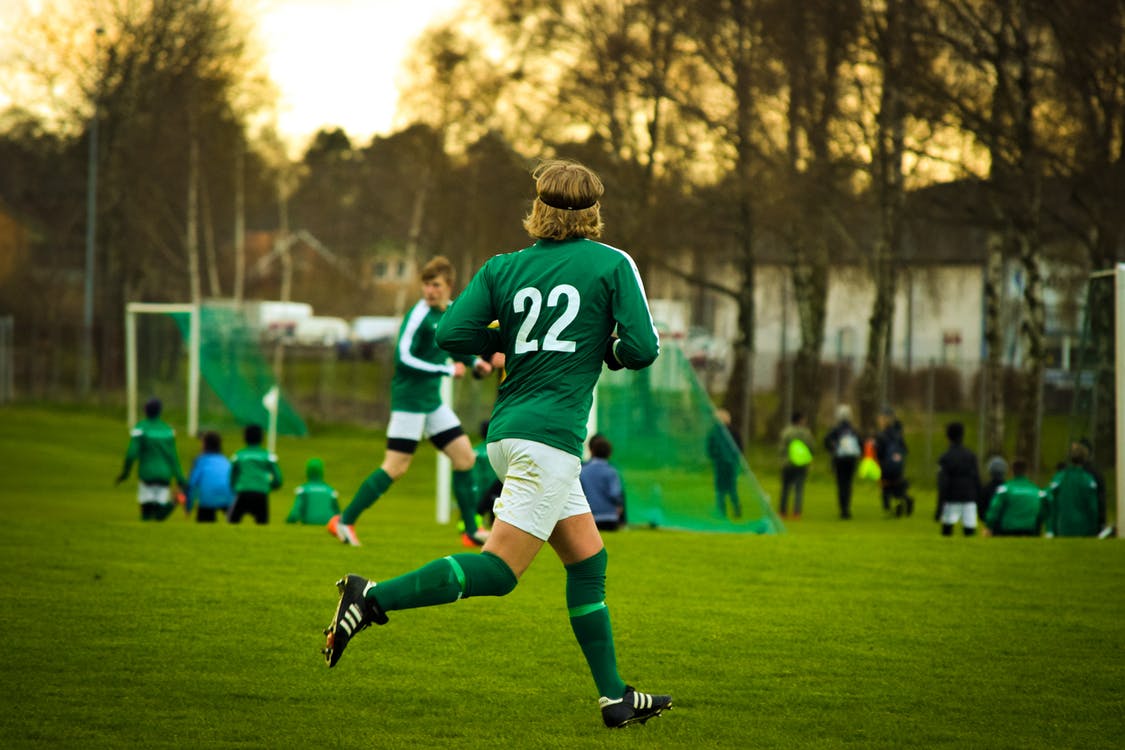 Playing sports is a great way to strengthen your muscles and burn some calories, but a serious injury can happen at any moment. Athletes who aren’t careful might find themselves dealing with long-term health issues that impact their quality of life for many years to come. Here is a quick look at four of some of the most common sports injuries and a few steps that you should take to avoid them.
Playing sports is a great way to strengthen your muscles and burn some calories, but a serious injury can happen at any moment. Athletes who aren’t careful might find themselves dealing with long-term health issues that impact their quality of life for many years to come. Here is a quick look at four of some of the most common sports injuries and a few steps that you should take to avoid them.
Sprains
Nobody likes getting a sprain. Sprains and strains take place when any fibrous tissue around a joint is stretched too far. The most effective way to prevent this type of injury is to gently stretch before and after any physical activity. The primary goal of stretching is to improve the elasticity of ligaments and muscles by increasing blood flow to the soft tissue. Sprains typically take around six weeks to fully heal, and may end up needing professional to help to get them to heal completely, like Citrus Chiropractic Group.
Dislocations
Injuries due to dislocation are extremely common among athletes who play full contact sports, such as football and rugby. A joint becomes dislocated when the interior bone is physically pushed out of its alignment. When treated immediately, dislocations rarely result in any permanent damage to the nearby bones and soft tissue. The best way to prevent dislocations is to wear the proper safety equipment for these full contact sports at all times. Strengthening the stabilizer muscles around your joints is beneficial as it can help prevent dislocations from happening.
Tears
Muscle tears can be quite painful, and they often take well over three months to fully heal. Much like sprains, tears occur when a ligament or muscle is stretched too far. Athletes can reduce their risk of a soft tissue tear by stretching for at least 30 minutes before any strenuous activity. Some tears can also be prevented with the proper footwear. Depending on what sport you are playing, you might need to invest in specialty shoes or cleats that offer plenty of ankle support.
Head Injuries
Around 21 percent of all traumatic brain injuries are attributed to sports and other recreational activities. Even relatively minor head injuries can permanently damage the brain and alter one’s cognitive abilities. In addition to wearing helmets, those who play contact sports should also be taught the proper techniques to protect themselves and those around them. The rules of the sport must be followed at all times, and players who don’t adhere to those rules need to be removed from the game immediately to avoid risk of injury to any of the other players. Paying attention to your surroundings will help you stay focused on the game and will help to prevent unnecessary injury.
Most minor sports injuries can easily be treated at home, but athletes and their loved ones should always keep an eye out for lingering or severe symptoms. That includes nausea, ongoing headaches, chronic pain, and a limited range of motion following an injury.

